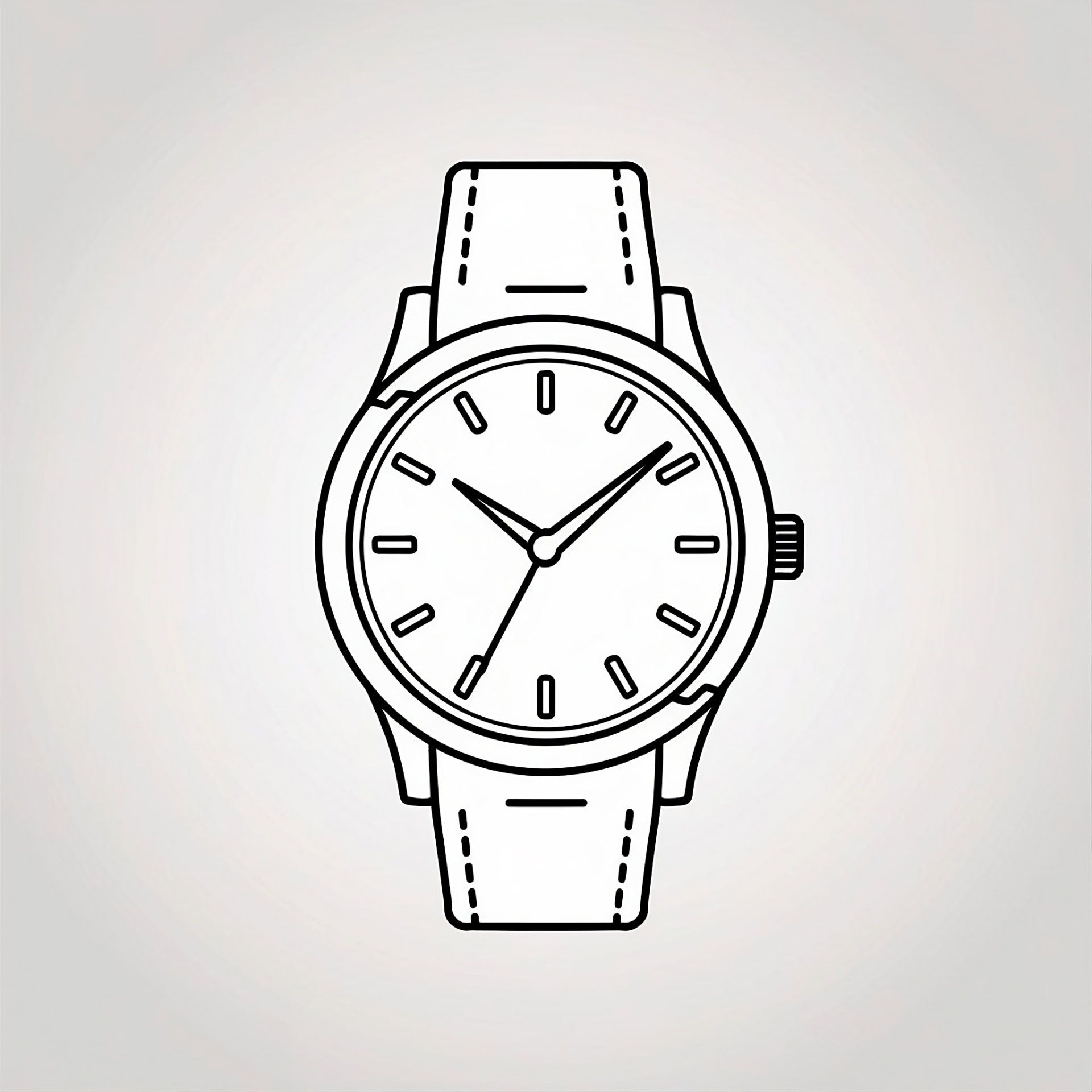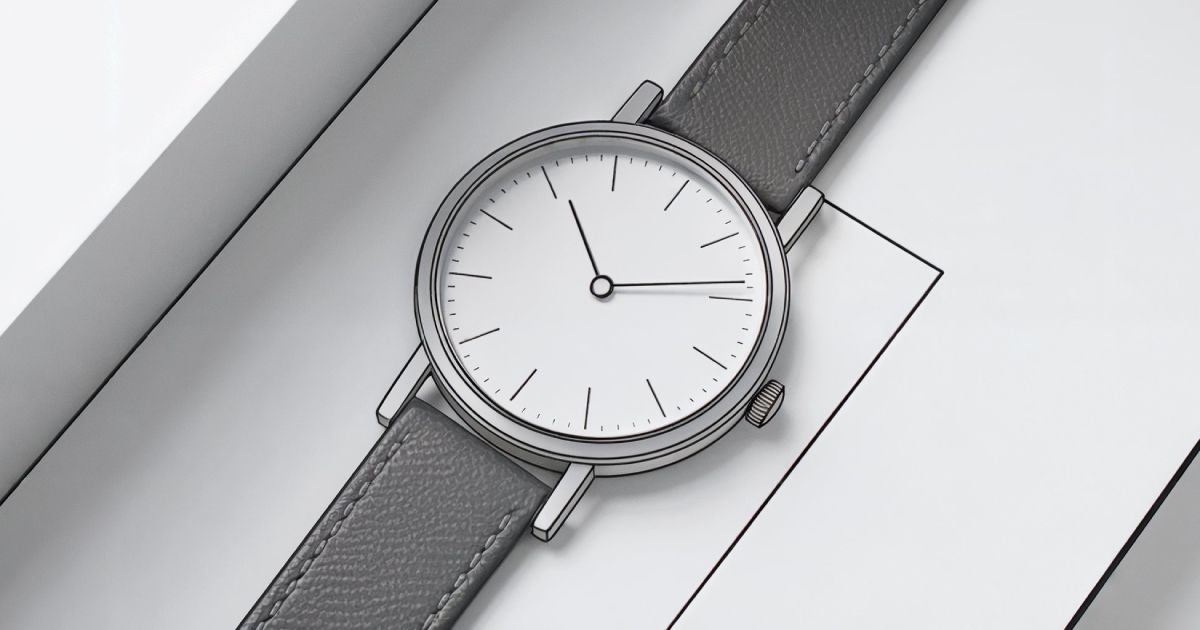
Rolex’s Retail Strategy Overhaul: Implications of Shutting Down Carl F. Bucherer
Rolex’s strategic closure of Carl F. Bucherer marks a bold move toward vertical integration, reshaping the future of luxury watch retail.
Introduction
Rolex, the globally recognized luxury watch manufacturer, has consistently maintained a unique position in the industry—renowned for its meticulous craftsmanship, vertical integration strategy, and a highly controlled distribution network. In 2023, Rolex acquired Bucherer, a prominent multi-brand watch retailer, marking a significant strategic shift. This acquisition granted Rolex direct access to consumers through over 100 retail locations worldwide, sparking questions about the future of its authorized dealer (AD) network and broader retail ambitions.
[Jeweller Magazine]
[Wrist Advisor]
As of February 7, 2025, Rolex announced the closure of Carl F. Bucherer, a watch brand historically linked to the Bucherer retail group—one that Rolex inherited through the acquisition.
[Hodinkee]
This decision has intensified discussions surrounding Rolex’s evolving retail strategy and its potential implications for the wider luxury watch market.
This report analyzes Rolex’s motivations behind discontinuing Carl F. Bucherer, examining historical performance, strategic advantages of consolidating its offerings, and the potential impact on the competitive landscape. It also assesses long-term implications for collectors, examining potential shifts in pricing, availability, and the luxury watch buying experience.
Rolex’s Acquisition of Bucherer: Vertical Integration and Strategic Rationale
Dominating the Customer Journey: Enhanced Control and Brand Experience
Rolex’s acquisition of Bucherer represents a bold step in vertical integration, granting the brand unprecedented control over the consumer journey. Historically, Rolex relied on a network of authorized dealers for distribution. By owning a substantial retail presence, Rolex can finely curate every aspect of the purchasing process—from store design and product presentation to after-sales services.
[MGB Watches]
- Consistent Brand Image: Owning the retail environment ensures brand consistency and a premium in-store experience aligned with Rolex’s heritage.
- Data-Driven Insights: Direct interaction with customers enables Rolex to collect valuable data about preferences, allowing for more targeted strategies in product development and marketing.
- Elevated Customer Loyalty: The ability to oversee customer service and the after-sales process can strengthen long-term brand loyalty.
Mitigating Gray Market Influence: Stabilizing Prices and Protecting Brand Integrity
The acquisition may also serve as a strategic defense against the gray market, where unauthorized sellers offer discounted watches. Such practices can erode brand value, compromise warranty terms, and undercut AD networks.
[Time4Diamonds Blog]
- Pricing and Availability Control: Enhanced oversight of both primary and secondary distribution channels enables Rolex to uphold strict pricing policies.
- Warranty and Quality Assurance: Greater control helps Rolex ensure genuine products and manage service standards.
- Targeted Enforcement: Direct consumer data and tracking capabilities can facilitate more effective crackdowns on unauthorized sellers.
Data-Driven Advantage: Leveraging Consumer Insights for Enhanced Strategy
Bucherer's extensive retail network has gathered a wealth of consumer data over the years. By absorbing this information, Rolex can fine-tune its product lineup and tailor marketing efforts more precisely.
[Atelier de Griff]
- Market Trend Analysis: Historical sales data, customer demographics, and purchase patterns inform product development.
- Personalized Customer Experience: Data segmentation can lead to bespoke recommendations, loyalty programs, and exclusive brand experiences.
- Agility in Strategy: Real-time insights allow Rolex to pivot quickly in response to evolving market demands or emerging trends.
Synergies with Pre-Owned Market Dominance: Expanding the Rolex Ecosystem
Rolex’s move into the certified pre-owned (CPO) market aligns with Bucherer’s network and Tourneau’s established presence in the secondary watch market. By controlling both primary and secondary sales channels, Rolex can create a closed-loop ecosystem, strengthening brand consistency and residual values.
[Time4Diamonds Blog]
- Certified Authenticity: Rolex can verify the provenance and service quality of pre-owned timepieces.
- Residual Value Enhancement: By managing resale channels, Rolex may help stabilize or even boost the long-term value of its watches.
- Revenue Diversification: Secondary market activities can generate new income streams and bolster overall brand presence.
Reshaping the Competitive Landscape: A Catalyst for Industry Transformation
Rolex’s acquisition of Bucherer could prompt other luxury watch brands to reconsider their own distribution models. Increased direct-to-consumer engagement, proprietary boutiques, and vertical integration may become more common.
[Jing Daily]
- Innovation in Retail: Competition could drive new levels of creativity in store design, service offerings, and customer experience.
- Evolving AD Role: Traditional authorized dealer networks may face consolidation or reorientation.
- Customer-Centric Focus: Brands could shift more resources to create immersive, personalized shopping experiences.
Impact on the Luxury Watch Market: Competition, Distribution, and Consumer Experience
The Bucherer Integration: A Shift in Competitive Dynamics
While Bucherer will initially continue selling multiple brands, the long-term effects on competing watchmakers remain uncertain. Brands could face increased pressure to secure premium in-store placements or deepen their own vertical integration.
[Atelier de Griff]
- Brand Visibility: Rolex may strategically allocate high-demand models to Bucherer-operated stores, potentially overshadowing competitor offerings.
- Smaller Retailers at Risk: Independent retailers might find it harder to compete if large brands streamline their distribution channels.
Evolution of Distribution Channels: From Authorized Dealers to Direct-to-Consumer
As Rolex exerts more direct control over sales, there may be fewer independent ADs.
[MGB Watches]
Other brands may follow suit, escalating a trend toward boutique-driven or online-centric sales models.
- Consolidation: Fewer ADs might remain, each holding larger brand portfolios.
- Adaptation: Those remaining may offer exclusive services or curated collections to retain consumer interest.
The Transformation of the Consumer Experience: Personalized and Immersive
By owning more retail touchpoints, Rolex can shape a premium, immersive environment. This may include exclusive watchmaking workshops, specialized VIP events, and advanced in-store technology.
- Beyond Transactions: Retail could evolve into “experience centers,” fostering deeper brand education and hands-on engagement.
- Omnichannel Strategies: Blending online platforms, virtual consultations, and in-store experiences can cater to a global clientele.
The Future of Multi-Brand Retail: Adapting to a Changing Landscape
Multi-brand retailers may need to differentiate or specialize to survive in an increasingly brand-controlled environment.
- Niche Focus: Offering boutique independent brands or hyper-curated inventories.
- Unique Services: Emphasizing personalized consultations, repair services, or specialized events.
- Online Engagement: Leveraging e-commerce, social media, and innovative digital offerings to reach broader audiences.
Pricing and Accessibility: Navigating Potential Shifts
Greater distribution control could solidify pricing, reduce discounting, and limit the gray market. Yet it might also exacerbate scarcity if Rolex tightly manages inventory.
[Time4Diamonds Blog]
- Price Stability vs. Scarcity: Stricter price policies help maintain exclusivity but may also reduce consumer access.
- Secondary Market Effects: Higher demand and limited supply could further inflate resale values.
The Rise of Experiential Retail: Beyond Transactions
Enhanced experiential concepts—like watchmaking demonstrations and interactive brand histories—could redefine luxury retail. Rolex’s expanded footprint offers it a platform to stage immersive events and deepen consumer relationships.
- Loyalty and Community: Exclusive experiences may foster a passionate collector base.
- Digital Extensions: Virtual tours, AR/VR exhibits, and personalized online content can extend the in-store experience.
Brand Storytelling and Heritage: Amplifying the Rolex Narrative
Owning the retail environment allows Rolex to weave its storied heritage into physical and digital spaces. Historical displays, behind-the-scenes exhibits, and themed collections can further cement Rolex’s brand prestige.
- Curated Narratives: Showcasing the brand’s role in exploration, sports, and philanthropy.
- Deepened Emotional Connection: Engaging content can create a sense of belonging for dedicated fans and collectors.
The Future of Watch Collecting: Community and Connoisseurship
Greater control over distribution could allow Rolex to cultivate tighter-knit collector communities, with exclusive access to limited editions, brand-hosted events, and educational programs.
- Fostering Inclusivity or Gatekeeping? While it may strengthen loyalty among select collectors, the approach could alienate broader demographics.
- Influence on Vintage/Pre-Owned Markets: Rolex’s role in certified pre-owned sales may shape collector preferences and vintage price trends.
The Global Reach of Rolex: Expanding Market Penetration
Bucherer’s international presence offers Rolex a strategic platform to accelerate expansion, particularly in emerging luxury markets.
- Localized Expertise: Incorporating Bucherer’s established market knowledge and customer relationships.
- Cultural Adaptation: Tailoring store concepts, product assortments, and promotional strategies to regional tastes.
The Evolution of Luxury Retail: A Paradigm Shift
Rolex’s move could inspire similar transformations across the luxury sector, with more brands embracing vertically integrated, experience-focused retail strategies.
- Wholesale Model Declines: Established methods of bulk selling to multi-brand retailers may diminish.
- Rise of Branded Boutiques: A shift to brand-owned spaces, pop-ups, and e-commerce channels that heighten exclusivity and storytelling.
Conclusion
Rolex’s decision to acquire Bucherer—and subsequently shut down Carl F. Bucherer—marks a turning point in the luxury watch industry. By consolidating retail channels, Rolex aims to exert greater control over brand presentation, pricing, and customer data, potentially curbing gray market sales and strengthening its secondary market presence.
[Time4Diamonds Blog]
[MGB Watches]
Key outcomes include:
- Brand Consistency and Control: Enhanced retail experiences and product authenticity assurance.
- Data-Driven Insights: The ability to tailor offerings and respond quickly to market trends.
- Competitive Ripple Effects: Other luxury watchmakers may accelerate their own vertical integration.
- Consumer Impact: Potential for more immersive brand engagement but increased exclusivity and possible reduced accessibility.
The long-term effect on the luxury watch market will depend on how competing brands and consumers respond to Rolex’s greater control. If similar moves follow, the role of authorized dealers and multi-brand retailers could diminish, leading to a future where direct-to-consumer experiences and brand-owned boutiques dominate.
[Atelier de Griff]
[Jing Daily]
For advanced collectors and watch enthusiasts, these developments herald a new era—one defined by immersive brand storytelling, data-backed personalization, and potentially even tighter watch allocations. As the dust settles, monitoring shifts in distribution models, pricing strategies, and consumer reception will be key to understanding the full legacy of Rolex’s strategic overhaul.
